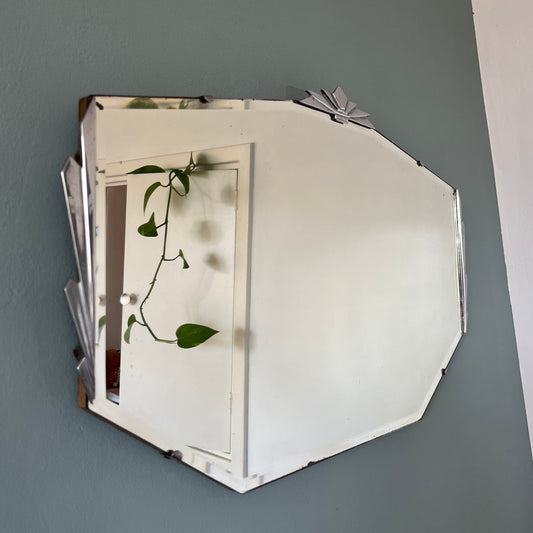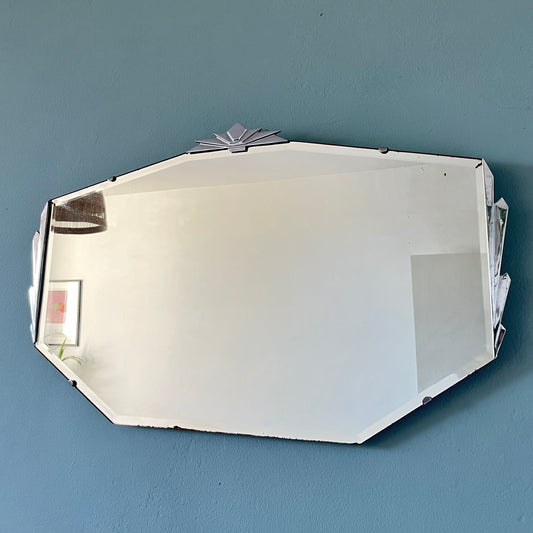
Do you have a piece of furniture with an annoying wobble? The good news is it might be an easy fix. Here are a few simple steps to start with to help you find a solution.
Step one: Check Your Floor.

The first thing to do is check your floor as the issue may not actually be with the furniture itself. To check if the floor is the culprit, try moving the furniture to a different location in the room. In such cases, you can use shims or furniture pads to level the furniture and provide stability. These can be placed under the legs or base of the furniture to compensate for any unevenness in the floor.
Step two: Identify the Source of the Wobble.
If the floor isn’t the problem, then you need to identify the source of the wobble. The wobbling can be due to loose screws, damaged joints, uneven legs, or worn-out parts. Take the time to inspect the furniture and pinpoint the exact area causing the wobble. This will help you determine the most effective repair method.
Step three: Tighten Loose Screws and Bolts.
One common cause of wobbly furniture is loose screws or bolts. Using a screwdriver or wrench, tighten all visible screws and bolts in the wobbly area. Check for any missing or stripped screws and replace them as needed. This simple step can often fix the wobble and restore stability to the furniture.
Step four: Level Uneven Legs.
Uneven legs can cause wobbling, especially on tables and chairs. To fix this, place a level on the top surface of the furniture and adjust the legs accordingly.

If the legs are adjustable, use the appropriate mechanism to level them. Alternatively, you can add furniture glides or felt pads to the bottom of the uneven legs to provide stability and prevent wobbling.
Step five: Reinforce Joints and Connections.
If the wobble persists the issue may lie in the joints and connections of the furniture. Apply wood glue to the loose joints and use clamps to hold them together until the glue dries. This will strengthen the connections and eliminate the wobble. For metal furniture, consider using epoxy or metal bonding adhesive to reinforce the joints.
Step six: Replace Worn-out Parts.
In some cases, wobbling may be due to worn-out parts, such as broken casters or damaged feet.

Identify the worn-out parts and replace them with new ones. Measure the dimensions of the old parts and purchase suitable replacements from a hardware store or online retailer. Ensure that the new parts are compatible with your furniture to achieve a proper fit.
Step Seven: Prevent Future Wobbling.
Once you have successfully fixed the wobble, it's important to take preventive measures to avoid future issues. Regularly inspect your furniture for loose screws and joints, and tighten them as necessary. Avoid placing heavy objects on fragile furniture and be mindful of the weight limits specified by the manufacturer. Additionally, periodically clean and lubricate movable parts to maintain their functionality.










